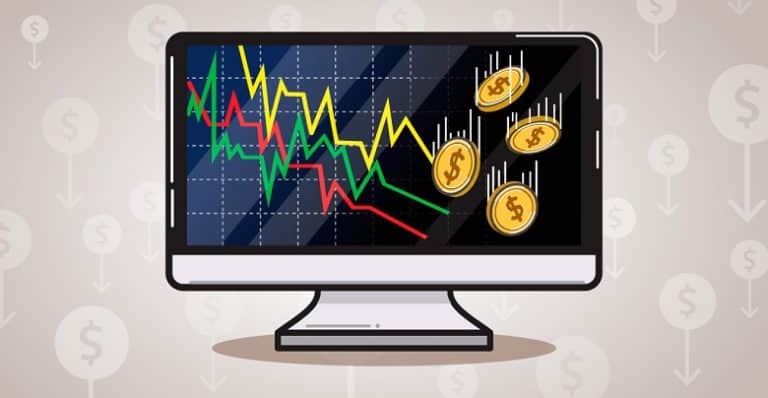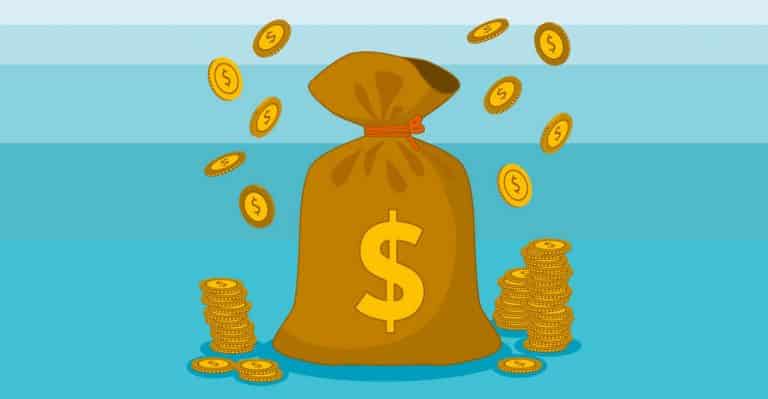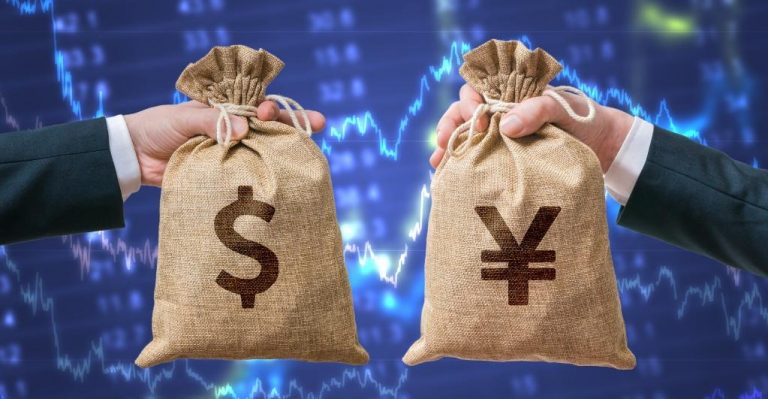The global oil demand fell by a record of 9.3 MB/d in April 2020. This was primarily due to the reduction in the effective demand for crude oil in numerous countries because of partial or full lockdown. This downgrade in the crude oil stocks was still falling as restrictions were imposed on vehicular movement in several nations severely affected by the coronavirus pandemic. B.P. warned the Opec about the unexpected fall in demand for crude oil and gas along with long term consequences due to the current market condition of the crude oil stock prices.
Moreover, they have also recommended an effective measure to protect the business in the scenario of the dip in oil prices and suggested to deploy the method of cost-cutting. The cost-cutting measure was also used by them, like holding up the upstream project work and decreasing the lower margin level projects. The crude oil stock prices are $40.44 per barrel, which is 11.00 points, which is nearly 0.36% rise compared to the previous prices.
OPEC Meetings about change in global crude oil prices
After a sharp decline, the U.S. crude oil inventories, the oil prices rose on Wednesday as the stock market opened. To discuss the future level of production of the crude oil OPEC made a meeting with its allies. In the meeting, their agenda was to decide whether to increase the output cuts of 9.7 million barrels in a day that would end in July or decrease them to 7.7 million. The tone for the future market will be set by the decision of OPEC and its allies in this regard. However, it also stated that the global demand for crude oil would see an exponential rise of 107% in the year 2021.
Crude Oil indices in the global market
The crude oil tracked its negative cues in the equity markets, which slipped to nearly five months high due to the flaring tensions between the United States of America and China. Currently, the WTI of the U.S. seems to be trading at 0.98% lower. Similarly, the Brent crude is trading at $42.38 per barrel, which is nearly 2.08% lower. This made a large drift between both the contracts. OPEC basket traded at $43.38, which is -0.08 points as compared to its previous trading points. URALS crude oil stocks made no loss or profit in the stocks market today as it remained stuck to its previous price of $42.85 per barrel.












